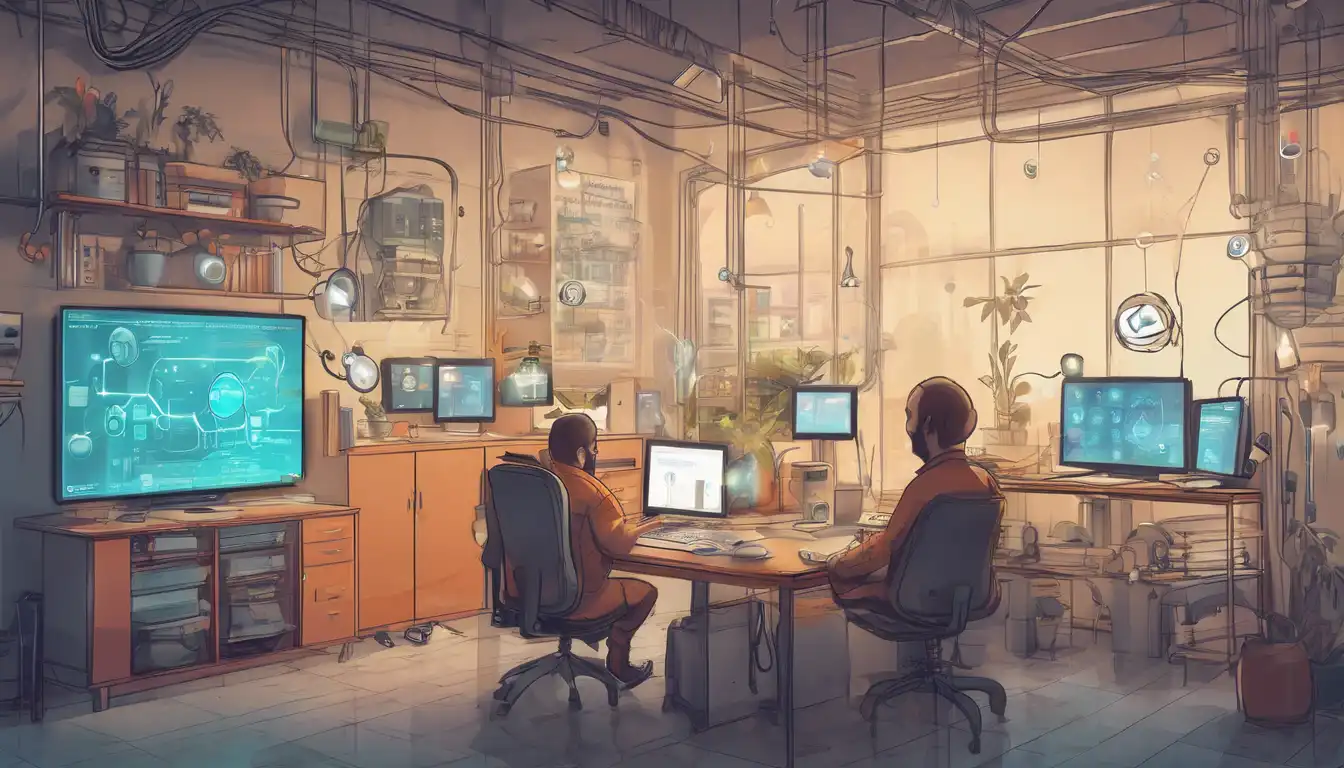Introduction to IoT Development
The Internet of Things (IoT) is revolutionizing how we interact with the world around us. From smart homes to industrial automation, IoT development is at the heart of this transformation. This guide is designed to help beginners take their first steps into the world of IoT development, offering insights into the tools, technologies, and best practices needed to get started.
Understanding IoT
IoT refers to the network of physical devices connected to the internet, collecting and sharing data. These devices range from ordinary household items like refrigerators and thermostats to sophisticated industrial tools. The key to IoT is the seamless integration of hardware and software to create smart, interconnected systems.
Essential Tools for IoT Development
To embark on your IoT development journey, you'll need a set of tools and technologies. Here's a list to get you started:
- Development Boards: Platforms like Arduino and Raspberry Pi are perfect for beginners due to their ease of use and strong community support.
- Programming Languages: Python and JavaScript are widely used in IoT for their versatility and extensive libraries.
- IoT Platforms: Services like AWS IoT and Google Cloud IoT provide the infrastructure needed to connect and manage your devices.
- Sensors and Actuators: These components allow your devices to interact with the physical world.
First Project Ideas
Starting with simple projects can help you grasp the basics of IoT development. Consider these ideas:
- Smart Home Device: Create a device that can control lights or temperature in your home remotely.
- Weather Station: Build a station that collects and reports weather data using various sensors.
- Health Monitor: Develop a wearable device that tracks health metrics like heart rate and steps.
Best Practices in IoT Development
As you dive into IoT development, keeping these best practices in mind will ensure your projects are successful:
- Security First: Always prioritize security to protect your devices and data from vulnerabilities.
- Scalability: Design your systems with scalability in mind to accommodate future growth.
- User Experience: Focus on creating intuitive and user-friendly interfaces for your IoT solutions.
Conclusion
IoT development offers endless possibilities to innovate and improve how we live and work. By starting with the right tools, simple projects, and adhering to best practices, you can unlock the potential of IoT. Remember, the journey of a thousand miles begins with a single step. Start small, learn continuously, and soon you'll be creating IoT solutions that make a difference.
For more insights into technology and development, explore our technology section.
